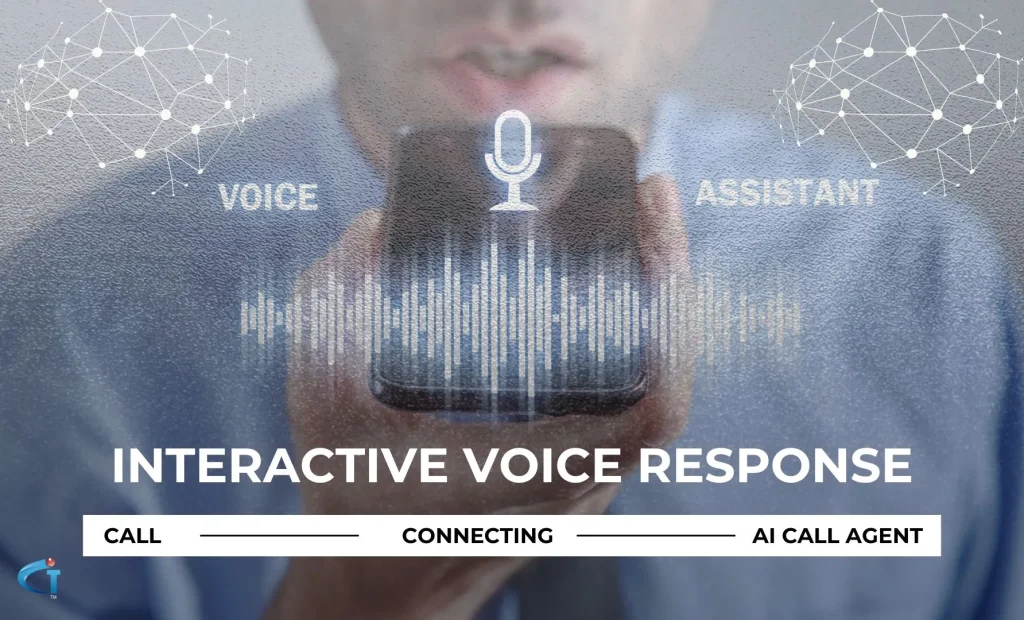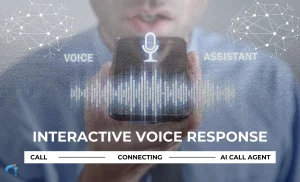Interactive Voice Response (IVR) has has experienced a significant change, leading to what industry insiders refer to as the IVR Revolution.Which started out as a straightforward call routing technology, is today essential to providing intelligent, AI-powered automated customer experiences. Businesses are able to lower expenses, improve customer happiness, and turn contact center operations into smooth, 24-hour service centers thanks to this evolution.

What is IVR and How It Works
Interactive Voice Response (IVR) is an automated phone system called Interactive Voice Response (IVR) uses keypad inputs or voice commands to communicate with callers. Depending on user input, it either routes calls or plays recorded responses.
Basic IVR workflows include:
- A caller dials a customer service line.
- An automated greeting offers options (e.g., “Press 1 for Billing”).
- Based on input, the call is either routed or an answer is given.
While providing consumers with round-the-clock support, this method lessens the workload for human agents. However, these systems are now more intelligent than before because of the IVR Revolution.
The IVR Revolution: From Automation to Intelligence
The transition from conventional IVR to AI-powered IVR systems is known as the IVR Revolution. These technologies use natural language processing (NLP), speech recognition, and machine learning to better route calls, comprehend context, and personalize conversations.
Key Features of Modern IVR Systems
- Conversational IVR: Replaces rigid menus with natural, free-flowing dialogue.
- Intelligent Call Routing: Uses caller data and history to direct them to the right agent or solution faster.
- Interactive Voice Response Testing: Ensures system efficiency and user experience with real-time QA.
- AI-Powered IVR Systems: Use data to continuously improve customer interaction quality.
IVR Guide: Step-by-Step Implementation for Businesses
This IVR Guide outlines everything a business needs to deploy an effective, modern IVR system.
Step 1: Define Goals
Start by identifying what you want IVR to do: handle FAQs, route calls, qualify leads, etc.
Step 2: Map the Call Flow
Design a user-friendly call journey with limited menu levels. Prioritize the user experience and include options for speaking to a human.
Step 3: Choose the Right Technology
Pick an IVR platform that supports AI, voice recognition, and omnichannel integration. Consider whether you need:
- Hosted IVR
- On-premise IVR
- Cloud-based conversational IVR
Step 4: Record Prompts Professionally
Use clear, concise, and human-sounding voice prompts. Poor audio can ruin the user experience.
Step 5: Integrate with CRM and Backend Systems
Link IVR with customer data systems to personalize interactions and enable intelligent call routing.
Step 6: Conduct Interactive Voice Response Testing
Simulate real calls to test:
- Menu logic
- Routing accuracy
- Voice recognition
- Data capture quality
Step 7: Monitor, Analyze & Optimize
Track KPIs like:
- First Call Resolution (FCR)
- Average Handle Time (AHT)
- Drop-off Rates
Use AI to analyze data and continuously improve your IVR setup.
Real-World Use Cases of the IVR Revolution
- Healthcare: IVR reminds patients of appointments and gathers pre-visit data.
- Banking: Handles balance checks, fraud alerts, and customer authentication.
- E-commerce: Assists with order tracking and returns through automated customer support.
- Telecom: Manages technical support, plan upgrades, and billing queries with conversational IVR.
Benefits of Embracing the IVR Revolution
- 💬 Faster Query Resolution
- 🧠 Smarter Customer Journeys via Intelligent Call Routing
- 🤖 Lower Costs through Automated Customer Support
- 🌍 24/7 Availability Across Time Zones
- 🔄 Consistent and Scalable Support
Conclusion: Your Roadmap to IVR Success
The customer experience is being redefined by the IVR Revolution. Modern systems interact, comprehend, and resolve problems like human agents—they do more than just route calls. The current state of IVR technology, from conversational IVR to AI-powered routing, helps companies grow more efficiently and provide better customer service.
Start with this instruction if you want to install an IVR system that is ready for the future. Don’t be afraid to use our AI-powered solutions, which are made to work with any type of organization.
FAQs
What is IVR in customer service?
IVR stands for Interactive Voice Response. It’s a system that allows customers to interact with automated menus using voice or keypad input, enabling businesses to handle calls efficiently.
What is the IVR Revolution?
The IVR Revolution refers to the shift from traditional touch-tone IVR systems to AI-enhanced, conversational IVR platforms that offer smarter, personalized, and automated customer support.
How do I test my IVR system?
Conduct interactive voice response testing regularly using both manual and automated tools to check call flow, response accuracy, and voice recognition effectiveness.

